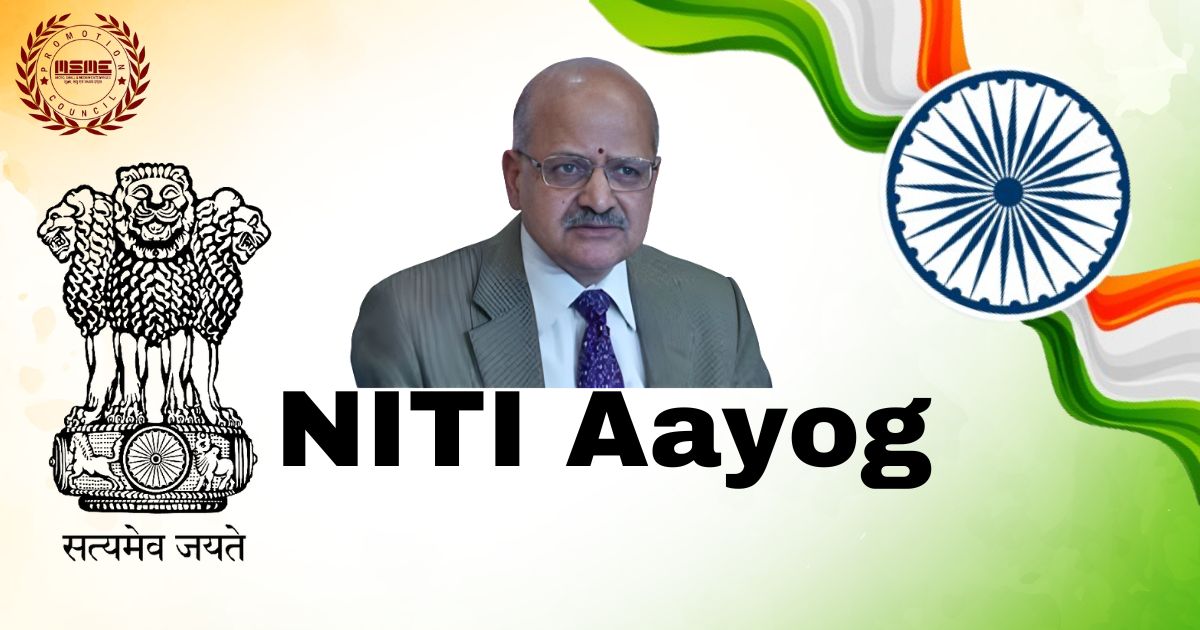
NITI Aayog is in the final stages of developing a 25-year vision to make India a $30 trillion economy by 2047. The vision focuses on infrastructure, social development, and technological innovation.
NITI Aayog, the government’s think tank, is expected to release its Vision 2047 document by December, outlining a roadmap for India to become a $30 trillion economy by 2047. The document is likely to include goals for per capita GDP, exports, and investment.
The draft Vision 2047 document has been prepared by
ten sectoral groups of secretaries (SGoSs), which were formed on themes including infrastructure, welfare, commerce and industry, technology, and governance. The final presentation with these SGOSs will be done in the first week of November.
According to sources, the draft document includes the following goals:
- Per capita GDP of $17,590 by 2047
- Exports of $8.67 trillion by 2047
- Investments of Rs 1,273 trillion by 2047
In addition to these quantitative goals, the Vision 2047 document is also expected to focus on the following qualitative goals:
- Inclusive growth: The document is likely to focus on policies that will ensure that all sections of society benefit from India’s economic growth.
- Sustainable development: Focus on policies that will promote sustainable development and protect the environment.
- Global leadership: Include Policies that will help India to become a global leader in key economic sectors.
The release of the Vision 2047 document is eagerly awaited by the business community, investors, and policymakers alike. The document will provide a blueprint for India’s economic growth over the next 25 years and will help to guide the government’s policymaking.
Experts’ views on the Vision 2047 document
Experts have welcomed the drafting of the Vision 2047 document and have expressed hope that it will provide a clear roadmap for India’s economic growth over the next 25 years. However, they have also cautioned that the government will need to implement the document effectively to achieve its goals.
Challenges Ahead
There are several challenges that India will need to overcome to achieve its Vision 2047 goals. These challenges include:
- Infrastructure deficit: India needs to invest heavily in infrastructure development to support its economic growth.
- Skills gap: India needs to address its skills gap to meet the demands of the growing economy.
- Bureaucracy: India needs to reduce bureaucratic red tape to create a more business-friendly environment.
- Corruption: India needs to address corruption to attract investment and promote economic growth.
Despite these challenges, India has the potential to achieve its Vision 2047 goals. The country has a growing young population, a strong entrepreneurial culture, and a vibrant democracy. With the right policies and implementation, India can become a $30 trillion economy by 2047.






